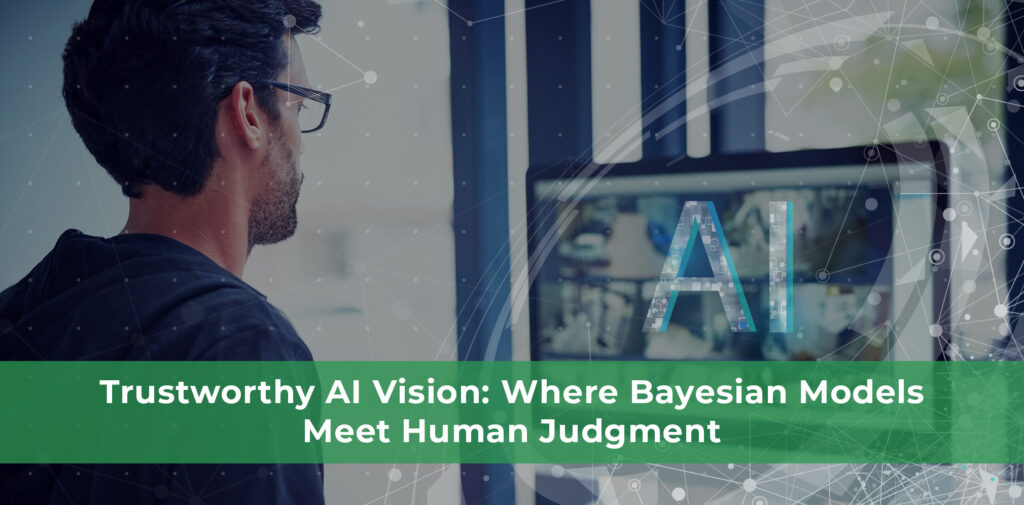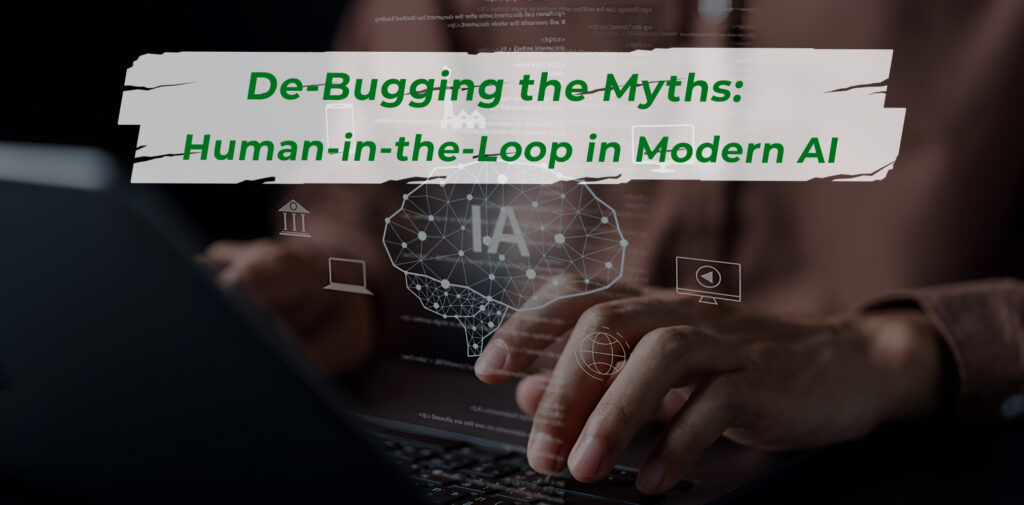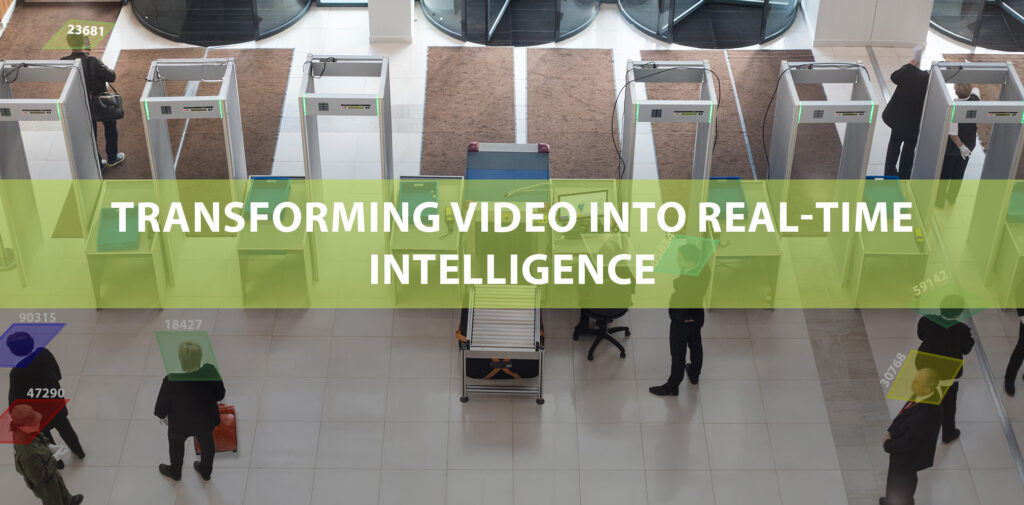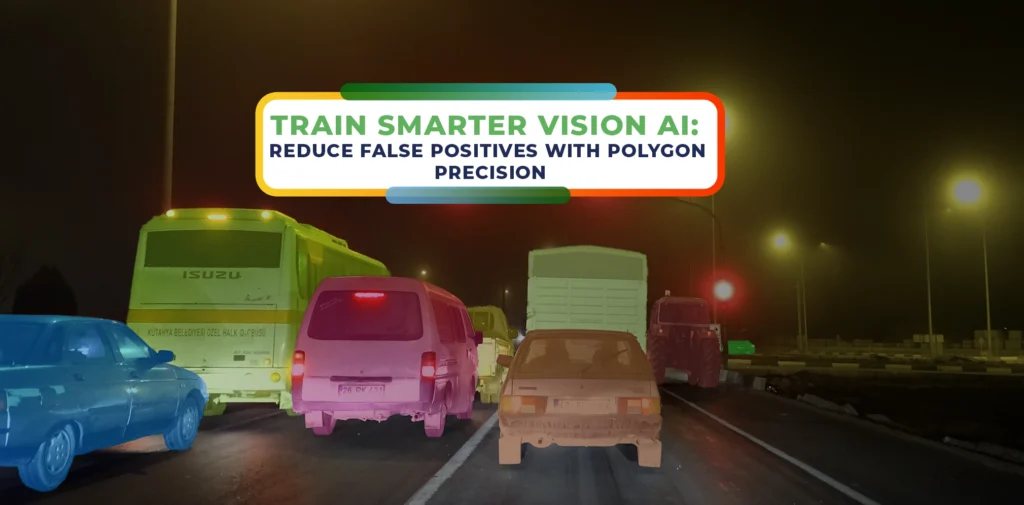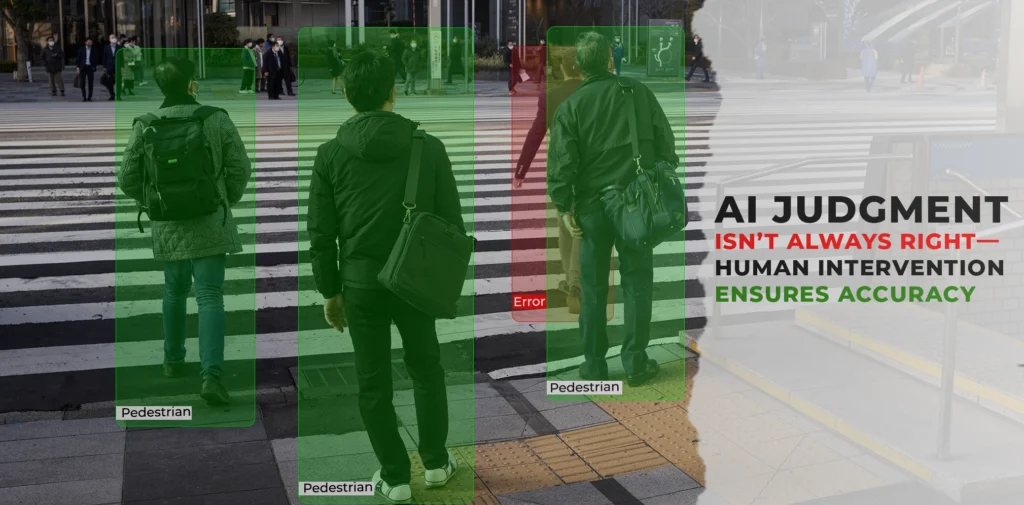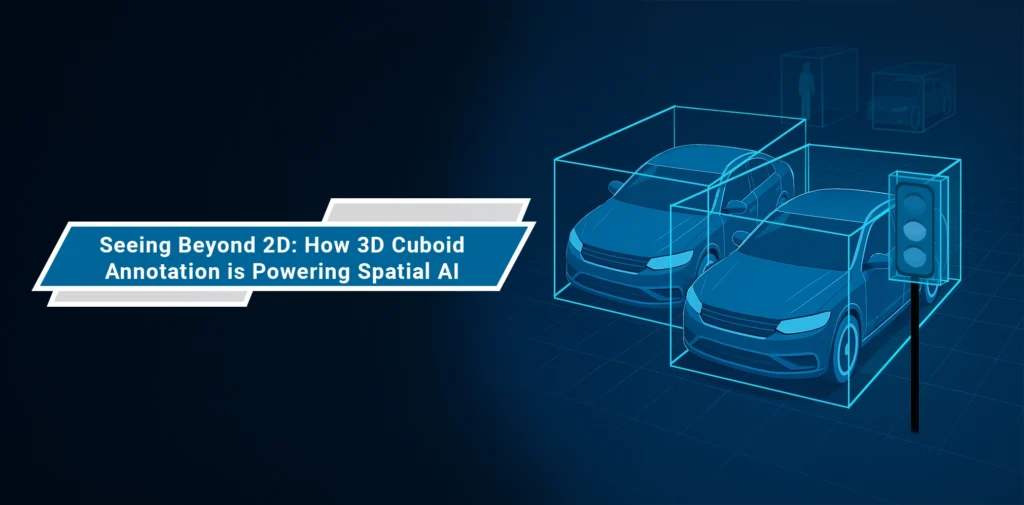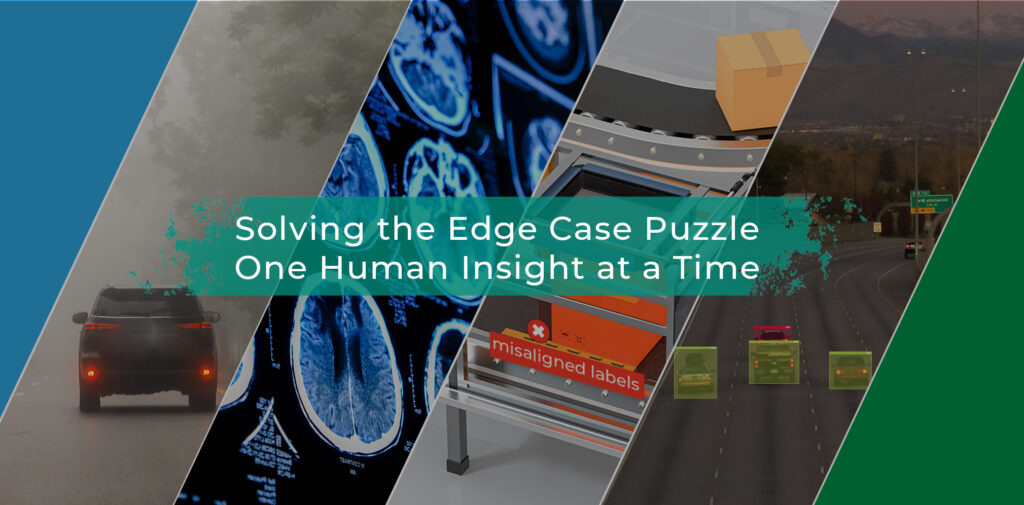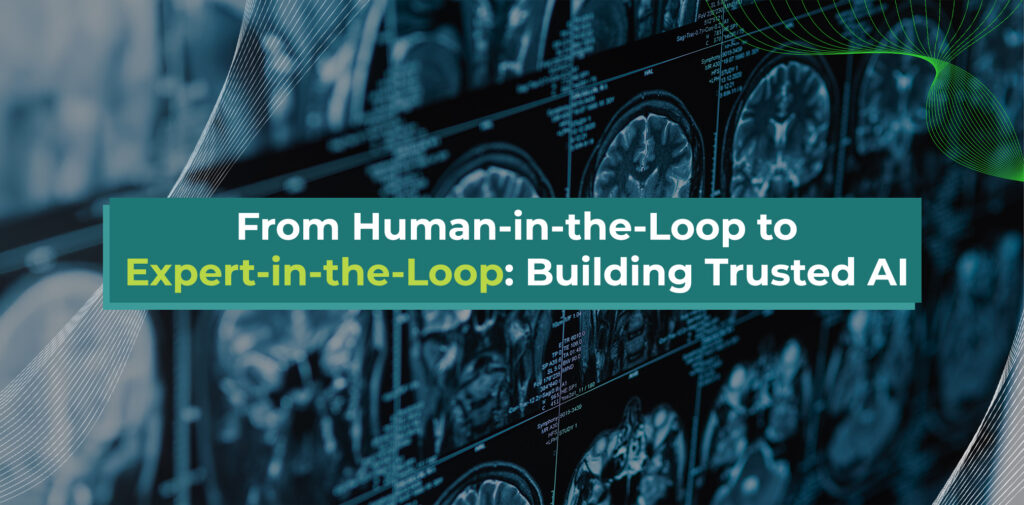The Human Edge in Probabilistic AI-How NextWealth Enables Trustworthy Vision
As AI systems advance toward fully autonomous vehicles, smart cities, industrial robotics, and defence. Computer Vision is no longer just about classification accuracy. It’s about making decisions under uncertainty, managing risk, and building trust. This is where Bayesian methods are gaining momentum. Offering probabilistic reasoning that lets models say not just what they see, but […]
Learn More

